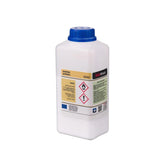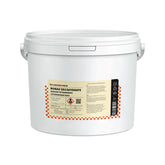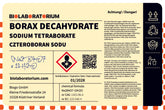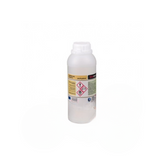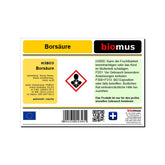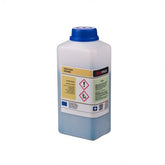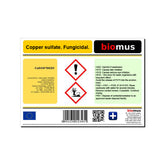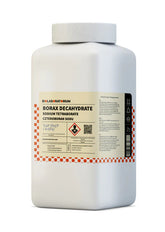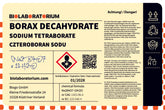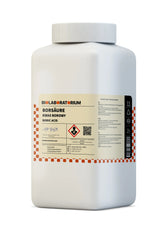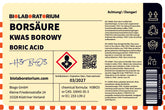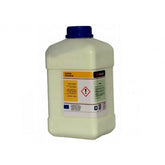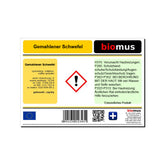Lapis-Silbernitrat: Versatile applications and safe handling
Lapis silver nitrate, also known as silver nitrate, is an important chemical reagent with a wide range of applications in industry, medicine, and research. As a highly reactive oxidizing agent, it is used in photography, the production of disinfectants, as well as in analytical and organic syntheses. In this article, we will take a closer look at the properties, applications, and safety aspects of lapis silver nitrate.
Properties and Structure of Lapis Silver Nitrate
Lapis silver nitrate is a crystalline, colorless to slightly yellowish salt with the chemical formula AgNO3. It has a monoclinic crystal structure and is highly soluble in water as well as many organic solvents. Due to its high reactivity, lapis silver nitrate must be stored protected from light and moisture.
One of the characteristic properties of lapis silver nitrate is its light sensitivity. Under the influence of light, the salt decomposes into elemental silver, leading to discoloration. This process is utilized in photography to make latent images visible on photographic paper.
Furthermore, lapis silver nitrate is a strong oxidizing agent that reacts with many organic and inorganic compounds. This property makes it an important reagent in chemical analysis and synthesis.
Applications of Lapis Silver Nitrate
Use in Photography
One of the most well-known applications of lapis silver nitrate is in classical photography. Here, it is used as a light-sensitive component in photographic emulsions. When light hits the photographic paper, the silver nitrate is reduced to elemental silver, making the latent image visible. This process forms the basis of analog photography.
Disinfectants and antiseptics
Due to its antimicrobial properties, Lapis silver nitrate is used in the production of disinfectants and antiseptics. The silver ions can effectively kill bacteria, viruses, and fungi by damaging their cell membranes and disrupting their metabolism. Therefore, silver nitrate is used in wound dressings, eye drops, and other medical products.
Analytical applications
In chemical analysis, Lapis silver nitrate is an important reagent. It is used to detect and quantify chloride ions, as it forms a white precipitate of silver chloride with them. Furthermore, silver nitrate can be used for the titration of halides.
Organic syntheses
In organic chemistry, Lapis silver nitrate is used as an oxidizing agent and catalyst. For example, it can be used to activate alkynes to enable cycloadditions or carbonylations. Silver nitrate also plays an important role in the synthesis of heterocycles.
Technical applications
In addition to the mentioned applications, Lapis silver nitrate is also used in technical applications. These include the production of matches, mirror coatings, and the manufacturing of silver conductors in the electronics industry.
Safe handling of Lapis silver nitrate
Although Lapis silver nitrate is versatile, caution must be exercised when using it. The salt is toxic if swallowed or upon skin contact. It is also irritating to the eyes and respiratory tract. Therefore, the following safety measures should be observed when handling Lapis silver nitrate:
- Wearing protective equipment such as lab coats, gloves, and safety goggles
- Working in well-ventilated areas or under a fume hood
- Avoiding skin contact and inhalation of vapors
- Safe storage in light-proof, tightly sealed containers
- Proper disposal in accordance with applicable regulations
By following these safety measures, the risks associated with working with Lapis silver nitrate can be significantly minimized. Thus, this versatile reagent can be used safely and effectively in laboratories, industry, and medicine.
Conclusion
Lapis silver nitrate is a chemical reagent with a wide range of applications. From photography to disinfectants and organic syntheses, silver nitrate has become indispensable in many fields. However, handling this reactive salt requires special precautions to avoid health risks. With the right safety measures, Lapis silver nitrate can be used safely and efficiently.
